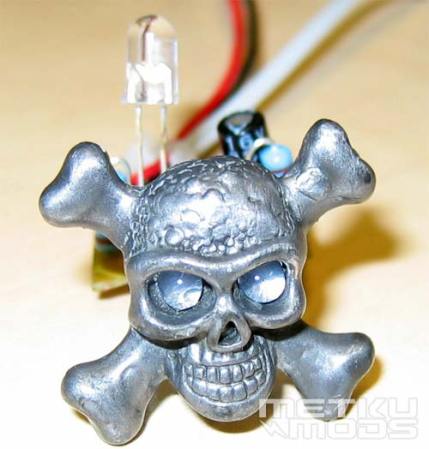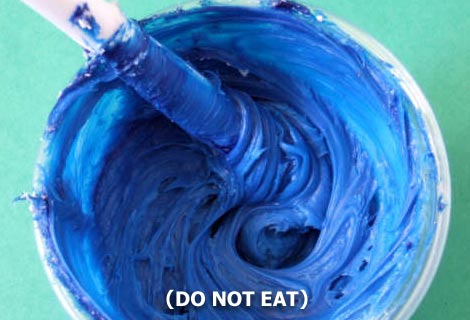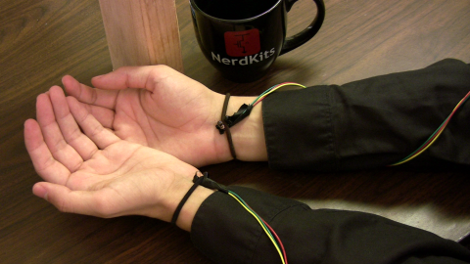
[Robert Lam] has produced a number of video tutorials, his latest being a tutorial on how to make a biped robot walk. He is mainly covering the individual motions and actions. He doesn’t go into any specific programming, but rather breaks down the act of walking into several motions and discusses the reason you need them as well as some variations. For some this will seem like obvious observations, but we’ve seen plenty of biped robots that attempt to walk without shifting their weight.You can watch this video after the break, but be sure to dig around in some of his other tutorials for plenty of good stuff.
Continue reading “Learning To Walk, A Tutorial On Making Bipeds Walk”




















